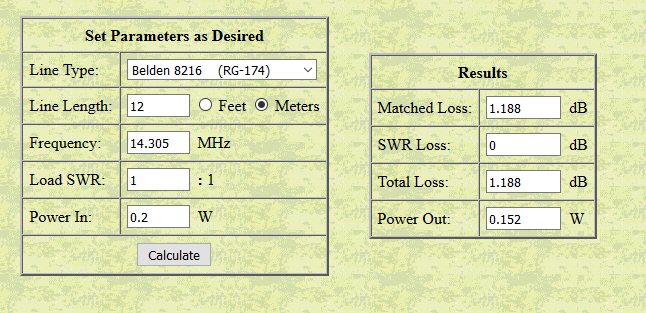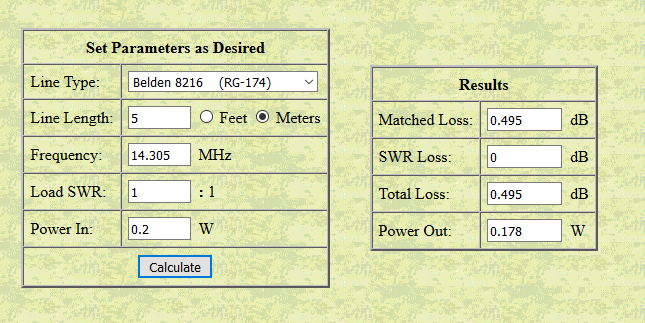I have compiled the comments and have made responses thus:
Criticism: the hill chosen may favour one antenna over another due to its shape [G4AZS, M0JLA]
Comment: accepted
Mitigation: new hill selected (Gun SP-013).
Criticism: the antennas may interact [G8TMV]
Comment: accepted.
Mitigation: measure mutual coupling on site. Ensure that it is less than -40dB (happy to accept considered opinion on other figures).
Criticism: carry out the test twice with antenna positions reversed to remove position bias [M0LEP]
Comment: accepted (in respect of original site).
Mitigation: new site should remove the need for a repeat. I may carry out another test for position bias.
Criticism: the dipole legs should be inline [G4AFI]
Comment: the antenna configuration is chosen to represent what is typically in use for SOTA.
Mitigation: none.
Criticism: an inverted vee is not omni-directional [N1EU]
Comment: accepted. It will be orientated to be broadside on to the DX location most likely to provide useful data (USA).
Mitigation: none.
Criticism: the length of co-ax should be the same for both antennas [DD5LP]
Comment: the systems have been chosen to be representative of real SOTA systems.
Mitigation: none.
Criticism: the experiment should include close in performance too [DD5LP]
Comment: that’s another experiment, for another time. The data from this experiment will be available for alternative analysis.
Mitigation: none.
Criticism: the results will only be valid for these antennas on this hill [G4AZS]
Comment: Quite possibly; however I can only do one thing at a time.
Mitigation: none.
Criticism: modelling is better than opinion and anecdote [VK3AFW]
Comment: accepted. However, modelling needs to be backed up by practical experiment to ensure its validity. It seems to be widely accepted (here at least) that modelling alone was no more able to give an unambiguous answer in this case than other methods.
Mitigation: none.
Criticism: the results will not apply to 7 MHz [YO9IRF]
Comment: accepted. They probably don’t even apply universally to 14 MHz.
Mitigation: none.
Criticism: we should be using cats [OH7BF]
Comment: getting radio amateurs to agree on anything is like herding cats.
Mitigation: none.
Criticism: soil composition and moisture content will impact performance [K4KPK]
Comment: accepted. It will be one of several variables that will be impossible to account for in a single experiment. However, the soil composition and moisture content will be similar for each antenna.
Mitigation: none.
I will now amend my method statement.

